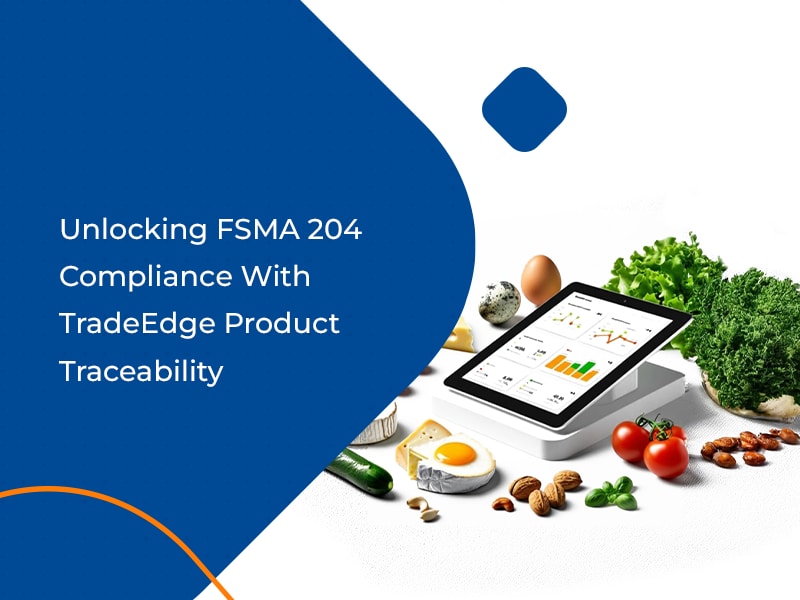Home > TradeEdge > Blogs > Demand sensing: A vital solution for effective supply chain management
Demand sensing: A vital solution for effective supply chain management

In today’s competitive world, being & remaining agile is key. Brands must be adaptive enough to react quickly when any factor affects demand or supply. Otherwise, they run the real risk of halting the entire production process. Moreover, revenue-based dependencies can easily falter upon improper or apathetic monitoring of trends. As you’re aware, supply chain management can be very precarious to handle, as it entails many uncertainties & unexpected challenges. These can range from being impacted by shortages to more niche-related issues, such as contract disputes between two brands that supply & demand production.
This is where demand sensing steps in. So, let us briefly run through what it is & does?
Demand sensing — Definition and its importance in the supply chain
Demand sensing is a process of continually monitoring & reacting to varying trends in the supply chain. By deploying the power of AI (Artificial Intelligence) & it is empowering plus contributing counterparts of ML (Machine Learning), live data analysis can ensue. Such statistical extrapolation & predictive analytics will help forecast the future (especially when economic turmoil is concerned). This allows brands to better prepare themselves for the unknown as and when it may happen. It is a culmination of this which we refer to as the ‘demand sensing process.’.
Importance of demand sensing:
Demand sensing vs. Demand planning
Demand sensing operates on the principle of sorting through & evaluating voluminous data to identify the factor that has the largest impact on demand. Its software runs downstream data to alert stakeholders upon stock shortages, etc.
Demand planning, on the other hand, is more related to creating a strategy to deal with fluctuating demand. Sales forecasting is imperative to ensure that not too little or much is done to maintain a continual revenue stream without overly hindering issues. This cross-functional feature achieves a balance between customer satisfaction & their demand and supplier’s supply capacity to fulfill that demand. Hence, you will never be either over or understocked. Various statistical models can be used here, including linear regression, moving averages, seasonal trends, or following a sales forecast itself.
TradeEdge Demand Sensing —Strengthening supply chain efficiency
TradeEdge Demand Sensing solution provides “actionable insights by aggregating real-time data about product sales and inventory across multiple channels.”
TradeEdge Demand Sensing helps enterprises optimize functions across the entire spectrum of demand planning, helping them improve accuracy, efficiency, and manage unpredictability to drive business growth.
Let’s take a look at an example.
Our client, a global clothing retail company, was looking to strengthen its position as a leading omnichannel retailer and focus on consumer experience by emphasizing data-driven decisions. The need of the hour was to gain access to their wholesale network data. With TradeEdge, they enabled 99% first-time-right secondary sales data by harmonizing data from disparate sources.
Demand sensing has thus become an essential part of supply chain management due to its intuitiveness & live responsiveness. Hence, by applying demand sensing solutions, organizations can operate with greater efficiency, speed & scalability to adapt to any unexpected disruptions in the future supply chain.


Possibilities Unlimited
Possibilities Unlimited
Inspiring enterprises with the power of digital platforms
More blogs from EdgeVerve →